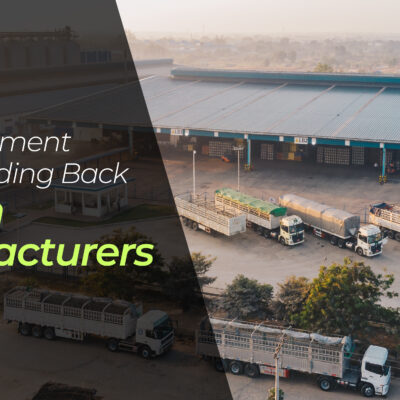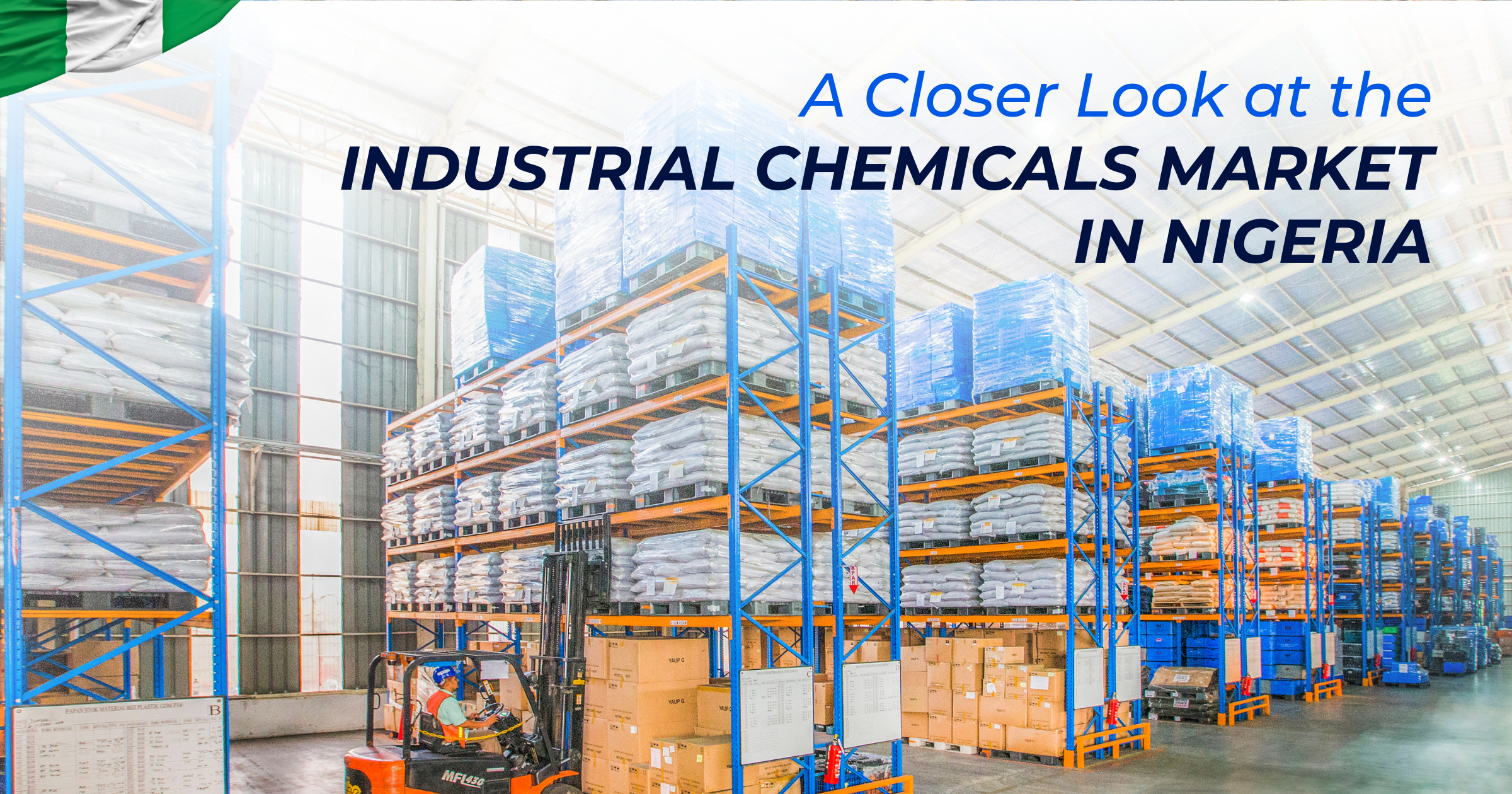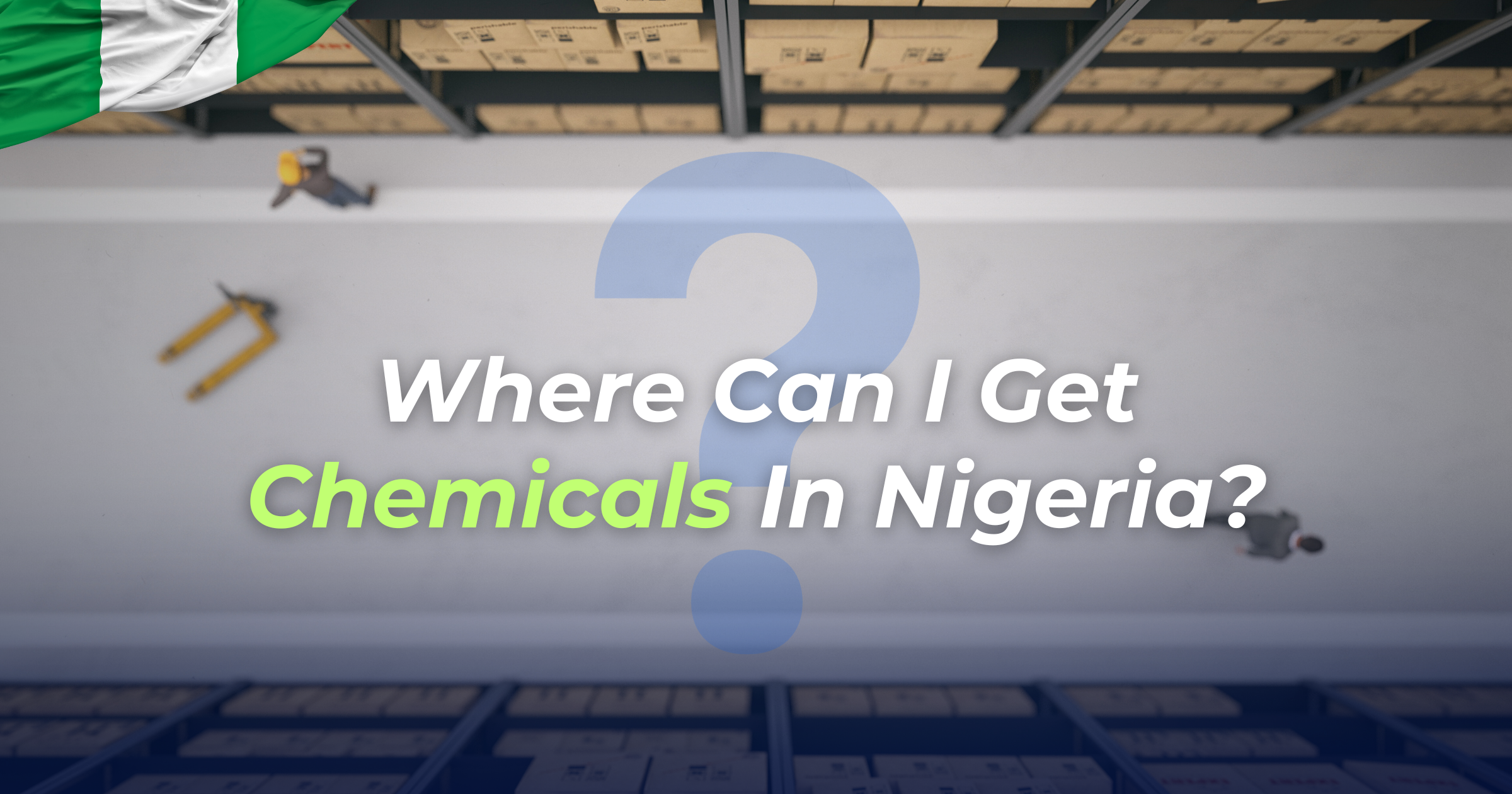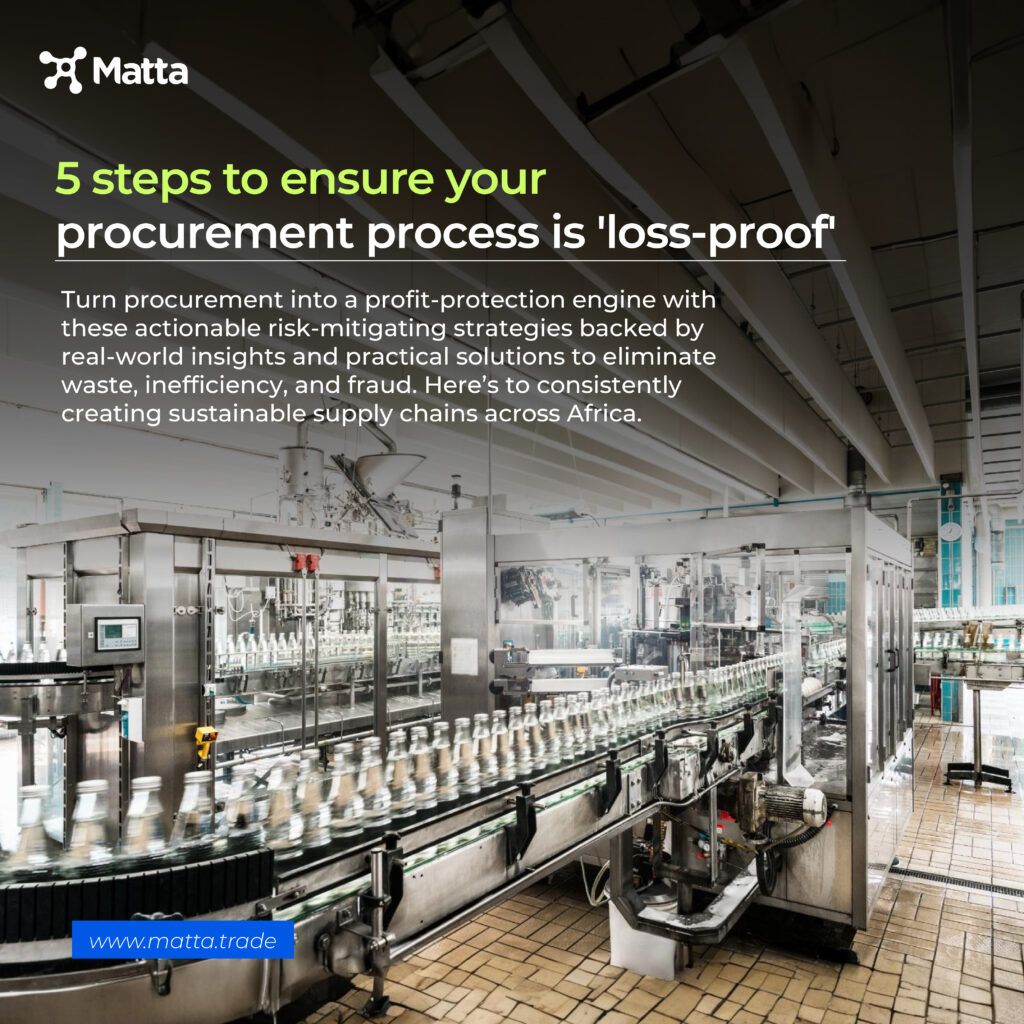
According to KPMG, 77% of procurement managers agree that the risk of supply chain disruptions is a critical external factor. If you can relate to that previous sentence, this short article was written for you. If not, I hope you can pass it on to someone who does.
Procurement is a high-stakes game, one that significantly affects your bottom line. Minor oversights can drain budgets and derail operations. Similarly, steps can be taken to streamline your process and create a sustainable framework.
Drawing from industry research and proven strategies, here’s a simplified five-step framework for safeguarding your procurement process, reducing costs, and building resilience.

Step One: Make the most of Data
As a procurement manager, you usually have to source from multiple suppliers with unique processes. You also look for the best possible fit among many suppliers. To ensure the effectiveness of this process, you need to leverage data insights to make informed decisions.
A centralised procurement platform is a great way to do this in 2025 and beyond. These platforms can help streamline procurement by combining supplier data and automating processes.
The transition from manual to automated processes has many advantages. Automation addresses several challenges in manual systems, driving better financial management and operational performance.
Read here to learn about the latest trends to look out for in manufacturing in 2025.
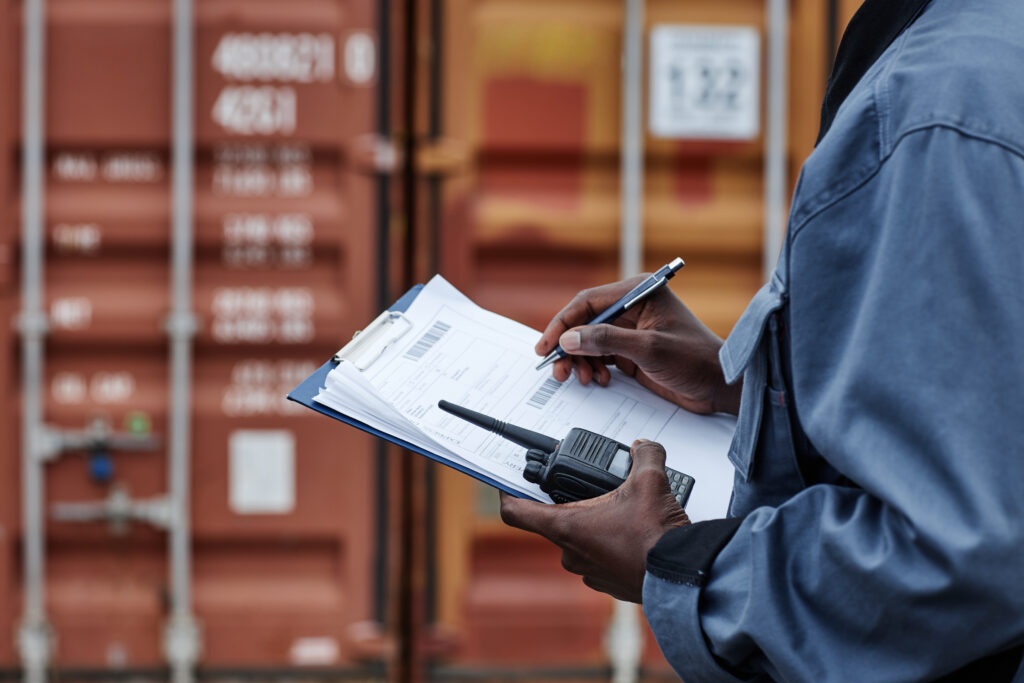
Step two: Enforce strict procurement policies
As a procurement manager/team, you must prioritise procurement compliance. From creating an approved vendors list to having a set procedure for mandating purchase orders for all transactions, taking steps to mitigate risks is essential.
Your brand equity is the SI unit of everything you do. This is why you must prioritise vendor risk management.
In these days of social media, negative PR resulting from substandard products can be costly. Conversely, strictly adhering to established rules can maximise compliance with purchasing policies and improve efficiency.
However, putting procurement policies and procedures together is one thing. Ensuring that your team follows them to the letter is another.

Step three: Build supplier relationships & Hedge Against Price Volatility.
Supplier relationship management (SRM) is essential. Many people confuse it with supplier management. However, SRM includes relationship management, supplier information, monitoring supplier performance, and collaborating on accurate forecasts.
Maintaining supplier relationships is essential because it allows you to access more suppliers, which helps mitigate risks. For instance, if you procure Soybeans, it is best to have suppliers in various regions of the world (e.g., China, the U.S., Nigeria, etc.), especially during times of conflict. This is one of the best ways to prevent supply chain disruptions.
Did you know? On Matta’s digital marketplace, you can access hundreds of verified suppliers globally from the comfort of your device.

Step Four: Strengthen Fraud Detection & Compliance
In 2024, The Association of Certified Fraud Examiners (ACFE) reported that, on average, organisations lose an estimated 5% of revenue to fraud each year. With the speedy evolution of technology and digital payments, it is crucial to put proactive fraud prevention and compliance mechanisms in place. Supplier verification is one of the many steps to reduce risks associated with procurement.

Step five: Monitor, Adapt, & optimise continuously
Change is a constant, and making room for changes in your procurement process is essential. For instance, 10 years ago, many people would have assumed that having an e-commerce platform to trade Chemicals, raw materials, ingredients, and Commodities (CRIC) was impossible. However, we built Matta in 2022, and since then, we have processed thousands of transactions. That’s just one of the many reasons why, as a procurement manager/team, you always need to reiterate your process.

Matta: Procurement Made Easy
Even the best plans can’t eliminate all risks, but the right tools can minimise losses and maximise agility.
Matta was built with you—the procurement manager/team—in mind. We created a tool that makes procurement as easy as clicking some buttons on your phone. We also developed a centralised marketplace to help you streamline all your procurement processes.
We manage stellar relationships with suppliers on our platform, so you won’t need to. You simply need to leverage that and connect with CRIC suppliers from all over the world on Matta.
Before the article ends, let’s play a 3-step game;
- Step 1: Think of any raw material input that is the most challenging/impossible to find.
- Step 2: Click www.matta.trade and enter the name of the raw material/chemical
- Step 3: Use the request a product’ feature and fill out the form.
If we don’t find you a reliable supplier of that raw material/chemical in 48 hours, email [email protected] to remind us that we owe you lunch.
Ready to maximise your savings, slash costs, and turn procurement into your organisation’s hidden advantage? Sign up on Matta

